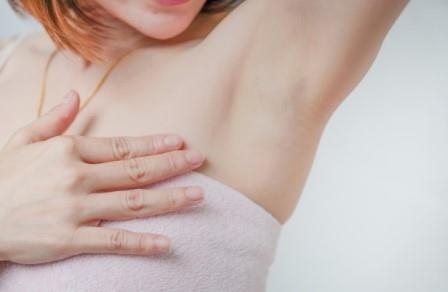Sign is also frequent in breast cancer
The arrival of the 300 thousand vaccines against COVID-19 to Peru last Sunday, February 7, has generated great expectations among the Peruvian population to receive it and thus reduce the serious consequences of COVID when contracting it.
In the same way, various erroneous information related to the side effects that the vaccine may produce have been circulating, causing some mistrust, therefore, it is important to go to sources with scientific rigor.
Currently there is evidence of some side effects such as swelling of the axillary lymph nodes, as indicated by the recent publication in Clinical Imaging; These signs can alert patients as they are often similar to breast cancer recurrences.
According to the evidence presented, these axillary nodes are rare and their detection by mammography or ultrasound appears between 0.02 and 0.04%; however, it is likely that, in the coming months, as the number of people vaccinated increases, the percentage will increase.
In this regard, Dr. Mauricio León Rivera, medical director of the Cancer Detection Center and head of the Mastology Service of the Ricardo Palma Clinic, said that in case the person has recently been vaccinated against COVID-19, a short follow-up is recommended deadline to detect any warning signs and if they exist, then thoroughly evaluate the breast with an expert, to rule out any sign of malignancy.
The specialist also highlighted that, according to data from the manufacturers of Moderna and Pfizer-BioNtech vaccines, these nodes can occur between 11.6% of people who receive the first dose and 16% of those who receive the first dose. second and this can happen during the first 10 days after receiving each dose.
Finally, Dr. León recommended not to be alarmed and to trust medical specialists, since “the Society of Breast Imaging has already established certain guidelines to guarantee that people who undergo imaging tests during the time of the pandemic receive a adequate attention considering the effects already mentioned ”.
– .

![[Microsoft Corporation, Intel Corporation, NVIDIA, Etc.] Competitor Analysis of the Global Smart Automation Market in Aerospace and Defense 2021-2030 [Microsoft Corporation, Intel Corporation, NVIDIA, Etc.] Competitor Analysis of the Global Smart Automation Market in Aerospace and Defense 2021-2030](http://gammaboxtech.com/wp-content/uploads/2021/01/unnamed-2.jpg)
